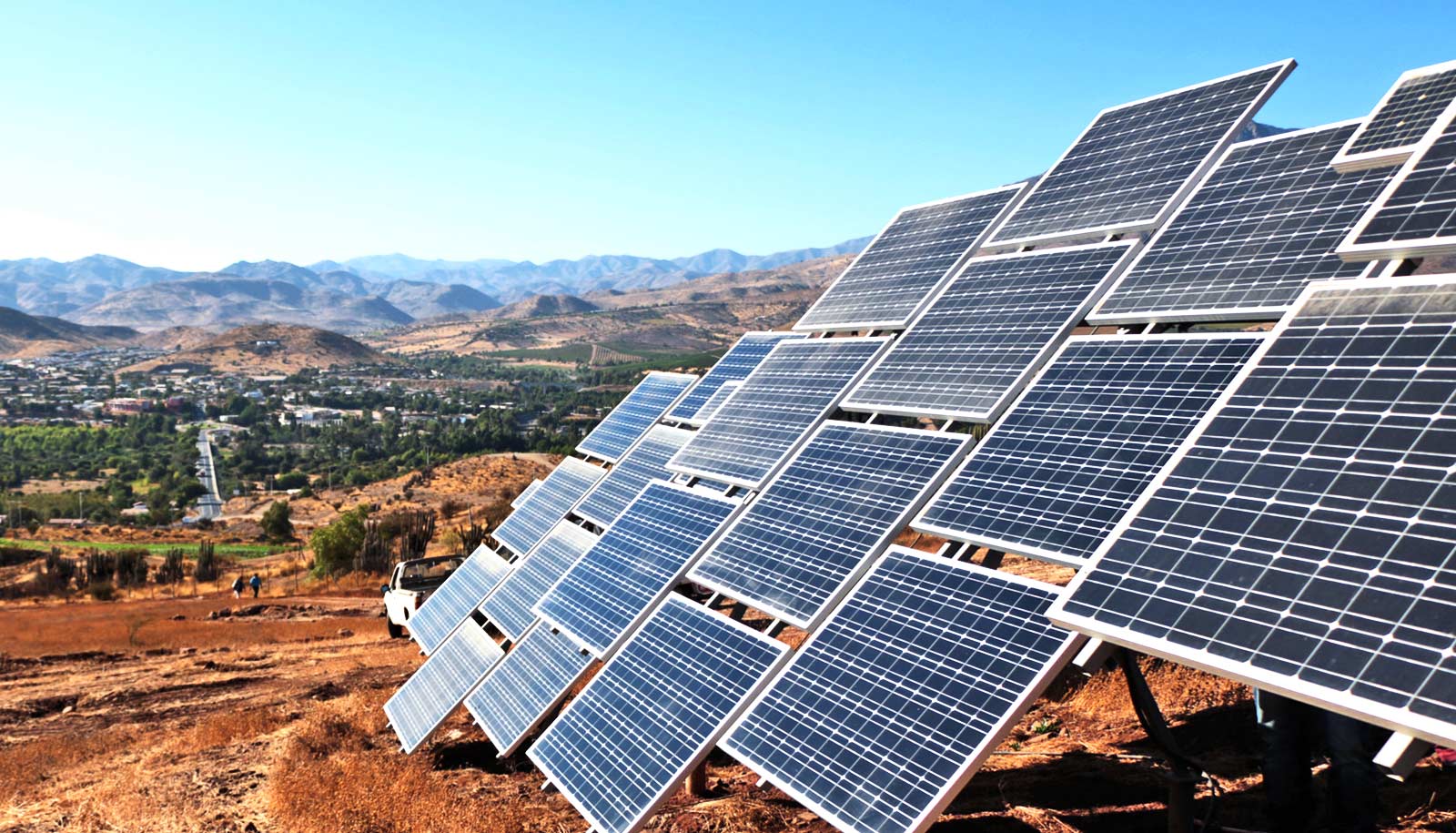Polymer plastic solar cells can be more efficient and have more stability, according to new research.
Polymer plastic solar cells remain an industry priority because of their light weight, flexibility, and cost-effectiveness.
Adding a common inert polymer, called polystyrene, these solar cells undergo an optimized internal morphology, resulting in a higher device performance, report a team that Miriam Rafailovich, a professor at Stony Brook University, and Chang-Yong Nam, a scientist at the US Department of Energy’s Brookhaven National Laboratory and adjunct professor at the university, led.
The discovery solves a problem with polymer plastic solar cells. Most of these cells require an additive included for high device performance—a non-active small chain molecule to control internal morphology. But the additive is known to cause stability problems under light and heat, which compromises performance and efficiency.
The new study, which appears in Advanced Materials Interfaces, demonstrates that replacing the additive with the inert polymer potentially solves this problem.
In a previously published paper in Nanoscale, the researchers used a similar approach, but with a different polymer. This earlier work illustrated that a newly engineered polymer plastic solar cell increases optimal thickness—a quality better suited for industrial production by low-cost coating methods.
Spray coating could pave way for cheaper solar cells
Grants from the National Science Foundation and the DOE supported the work.
Source: Stony Brook University



